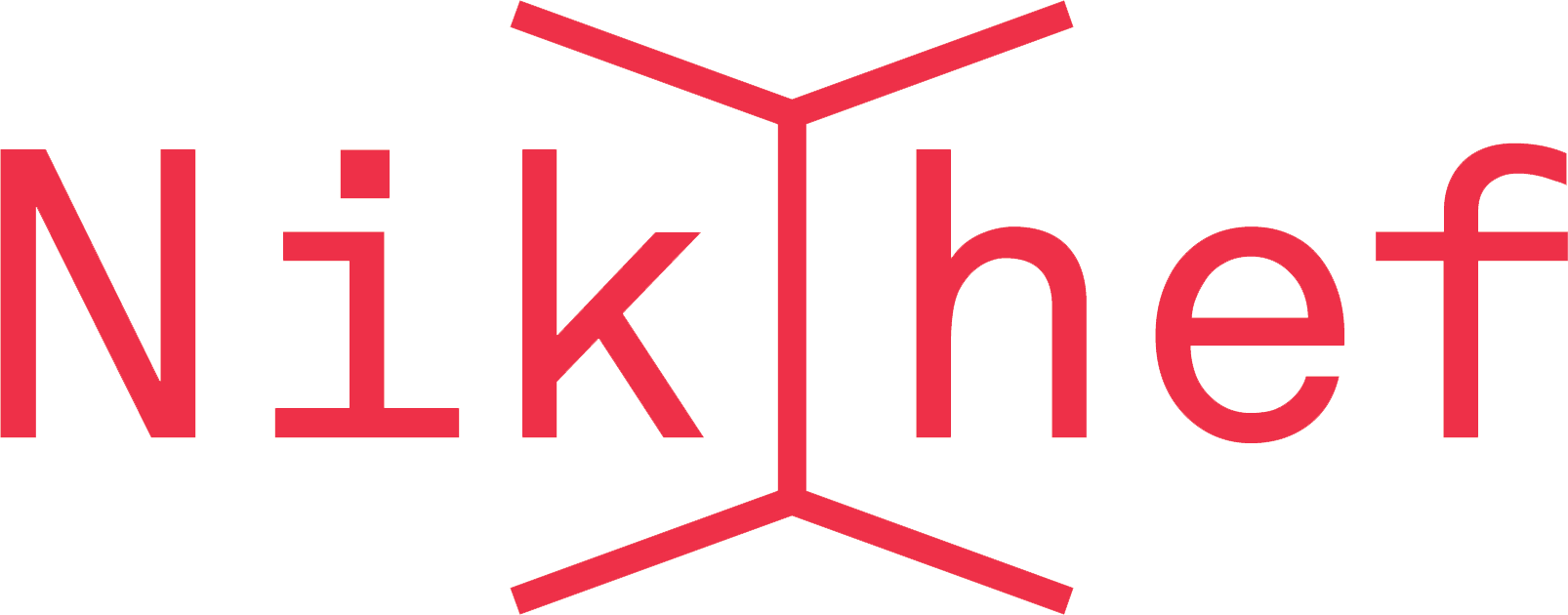An exceptional parterre from the world of research and institutions is celebrating today, at the European Gravitational Observatory in Cascina, the first 20 years of the Virgo experiment and its crucial contribution to the revolution in gravitational and multi-messenger astronomy, with a look also towards the future and the European project of the large gravitational wave detector Einstein Telescope.
2004 saw the start of the scientific adventure of the Virgo experiment, one of only three detectors in the world capable of observing gravitational waves and the only one in Europe: a research infrastructure funded by the Italian National Institute of Nuclear Physics (INFN), the French Centre National de la Recherche Scientifique (CNRS) and the Dutch National Institute of Subatomic Physics (Nikhef).
With its contribution to the first observation in 2015 and then to the extraordinary revelation of the merger of two neutron stars in 2017, Virgo, together with the two US LIGO detectors, has been the protagonist of a real revolution in the last decade in the way we observe the universe, ushering in so-called multi-messenger astronomy. A scientific revolution that has laid the foundations for the design of new research infrastructures, which will host increasingly powerful and sensitive detectors and observatories of gravitational waves, such as the future Einstein Telescope (ET), which Italy has applied to host in Sardinia. These days, in fact, the European Gravitational Observatory in Cascina is also hosting an important meeting of the BGR (Board of Governmental Representatives), i.e. the council of government representatives delegated to discuss the realisation of ET.
‘Virgo is a model of great success,’ explained Minister Anna Maria Bernini in a video message, ‘We owe it to two pioneers of science, two visionaries, the Italian Adalberto Giazotto and the French Alain Brillet. To them, on our part, goes our promise to make this research flourish in the European cradle where it was born. We want to do this by promoting the construction of a next-generation gravitational wave observatory, the Einstein Telescope, in the heart of Sardinia. This is why we hope that the interaction between EGO and the future Einstein Telescope will become increasingly intense and constructive,’ Minister Bernini concludes.
“Being able to observe gravitational waves was an almost impossible challenge, which required the development of cutting-edge technology and the visionary intuition of two great scientists: the Italian Adalberto Giazotto and the French Alain Brillet, the founding fathers of the Virgo experiment,” said INFN President Antonio Zoccoli. “Twenty years after it became operational, we can be proud of this great project, which demonstrates the leading role that Europe plays internationally in the field of gravitational astronomy. The leadership that we have gained, to which Virgo bears witness, allows us to look to the future with confidence, supporting with determination the construction of a third-generation gravitational wave detector in Europe: the Einstein Telescope.”
The day of celebrations, organised by EGO with INFN and MUR, will be opened by a video-message from the Minister for Universities and Research, Anna Maria Bernini, institutional greetings from the Deputy Director General for the Promotion of Italy at the Ministry of Foreign Affairs and International Cooperation, Giuseppe Pastorelli, and the President of the Tuscany Region, Eugenio Giani. Nobel laureate Giorgio Parisi, who chairs the MUR’s technical-scientific committee for the Italian candidacy for the Einstein Telescope, Virgo’s scientific coordinator Gianluca Gemme, and the Virgo detector’s data taking coordinator Nicolas Arnaud will then retrace the steps of the scientific and technological achievements of gravitational wave research. The event is preceded at 3 p.m., again in the EGO Auditorium, by a meeting between Nobel Prize winner Giorgio Parisi, in dialogue with journalist Piero Bianucci, and the students of the University of Pisa. The meeting opens the new cycle of ‘Glimpses into the Future’, an orientation and higher education initiative of the University of Pisa, which puts the new generations in contact with leading experts from the world of scientific and technological research.
‘It is extraordinary how in just 20 years of scientific activity (and less than 10 years after the discovery of gravitational waves), the observations of the Virgo and LIGO gravitational antennas have revolutionised our way of studying the Universe and the most extreme cosmic phenomena,’ said EGO director Massimo Carpinelli. ‘This is truly a new astronomy, for which the scientific community is already planning research infrastructures, adapted to the upgrading of detectors and the very rapid growth in the number of researchers involved. The experience of the pioneers in this field, such as EGO and Virgo, is decisive for building solid foundations for the future of gravitational and multi-messenger astronomy, and of course, for the great European Einstein Telescope enterprise.”
The event will be streamed live on EGO and Virgo’s YouTube channel: https://www.youtube.com/@EGOtheVirgoCollaboration
Contacts
Via E. Amaldi,5
56021 Cascina (PI) – Italy
Tel +39 050 752511
Contact us
How to reach us




